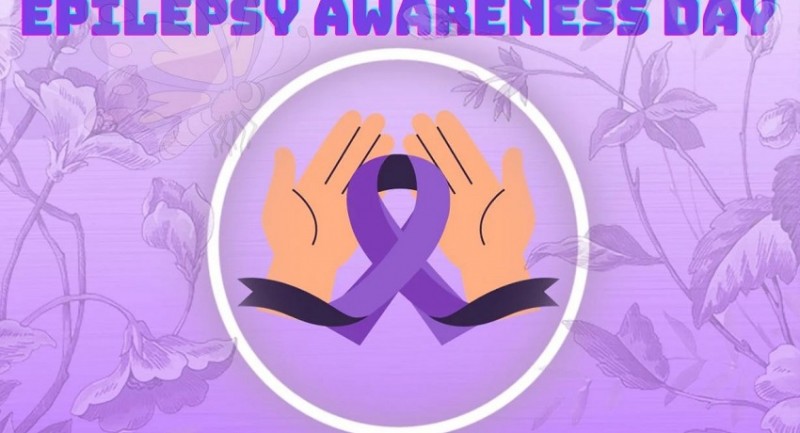
Every year on March 26th, a sea of purple floods streets, schools, workplaces, and social media platforms worldwide. This vibrant hue isn't merely a fashion statement; it's a symbol of solidarity and support for those living with epilepsy. This global phenomenon is known as Purple Day, an international grassroots effort aimed at increasing awareness about epilepsy and dispelling myths surrounding the condition.
Understanding Purple Day
Purple Day was founded in 2008 by Cassidy Megan, a young girl from Nova Scotia, Canada, who wanted to dispel myths and stigmas associated with epilepsy. Diagnosed with epilepsy herself, Cassidy aimed to encourage people to talk openly about the condition and support those living with it. Her vision quickly gained momentum, and Purple Day has since become a global initiative.
The significance of the color purple stems from its association with lavender, a traditional herbal remedy used for calming and soothing purposes. In the context of Purple Day, purple represents solidarity, support, and understanding for individuals affected by epilepsy.
Global Participation and Impact
Purple Day has transcended borders, with people from over 85 countries actively participating each year. From local communities to international organizations, individuals come together to raise awareness through various activities and events. These can include educational seminars, fundraising initiatives, art exhibitions, and social media campaigns.
The impact of Purple Day extends beyond a single day of awareness. By fostering open conversations and dispelling myths, Purple Day contributes to creating more inclusive and supportive environments for those living with epilepsy. It encourages individuals to educate themselves about the condition, recognize the importance of seizure first aid, and offer support to those in need.
Recognition and Legislation
While Purple Day is celebrated globally, Canada holds a special distinction as the only country to officially recognize March 26th as Purple Day. The Purple Day Act, implemented on June 28, 2012, designates March 26th as Purple Day in Canada. This recognition highlights the significance of raising awareness about epilepsy and underscores the importance of supporting individuals living with the condition.
Challenges and Opportunities
Despite progress in raising awareness, epilepsy remains surrounded by misconceptions and stigmas in many parts of the world. Lack of access to healthcare, social support, and education exacerbates the challenges faced by individuals living with epilepsy and their families.
However, Purple Day serves as a catalyst for change. By fostering dialogue, advocating for better resources, and promoting inclusivity, Purple Day empowers individuals and communities to create a more supportive and understanding environment for those affected by epilepsy.
Get Involved
Participating in Purple Day doesn't require elaborate plans or resources. Simply wearing purple, sharing information about epilepsy on social media, or reaching out to someone affected by the condition can make a difference. By raising awareness and showing support, individuals can contribute to building a more inclusive society where everyone feels valued and supported.
Purple Day is more than just a day marked on the calendar. It's a global movement fueled by compassion, understanding, and solidarity. By raising awareness about epilepsy and challenging misconceptions, Purple Day empowers individuals and communities to support those living with the condition. As we don our purple attire and join hands on March 26th, let's reaffirm our commitment to creating a world where everyone, regardless of their health condition, can live with dignity and respect.
2024 World Theatre Day Celebrations Head to North China's Langfang